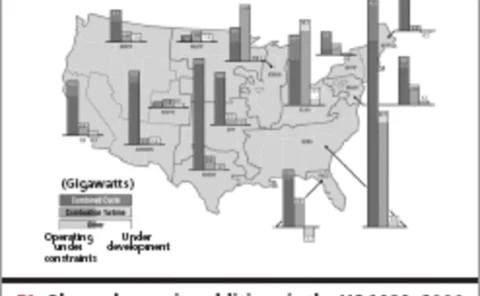Technical paper
Market models for CDS
In August 2004, Risk published an article on the pricing of credit default swap (CDS) options entitled A measure of survival by Phillip Schönbucher. Here, Damiano Brigo provides an alternative derivation of the CDS option pricing formula based on Cox
Estimating default correlations using a reduced-form model
Credit risk : Cuttingedge
Banco Santander
Quant analysis by StructuredRetailProducts.com
Woolwich Plan Managers
Quant analysis by StructuredRetailProducts.com
Quant analysis by StructuredRetailProducts.com
Quant analysis
BNL Vita
Quant analysis by StructuredRetailProducts.com
La Poste
Quant analysis by StructuredRetailProducts.com
Broadening horizons
When the investment horizon is of the order of a few years, such as in the context of personalfinancial planning, it becomes necessary to calculate and stress-test the exact distribution ofthe market at the given horizon, as the common first-order…
Excess yields in bond hedging
Litterman & Scheinkman (1991) showed that the term structure of interest rates is reliablymodelled by an affine three-factor model using principal component analysis. Such a modelis inconsistent with no arbitrage. Here, Haim Reisman and Gady Zohar derive…
Caring competition
What are the theoretical consequences of restructuring electricity markets on emissions? Here, Benoît Sévi shows that changes in supply and consumption and restructuring for competition has environmental effects, and argues that strong public policies…
Citigroup
Quant analysis by StructuredRetailProducts.com
Quant analysis by StructuredRetailProducts.com
Quant analysis
BNP Paribas
Quant analysis by StructuredRetailProducts.com
Mediolanum Vita
Quant analysis by StructuredRetailProducts.com
Banco Sabadell
Quant analysis by StructuredRetailProducts.com
Monthly snapshot
market data
